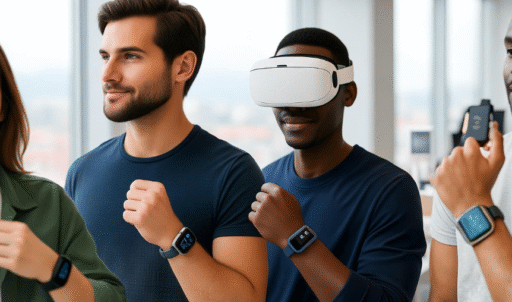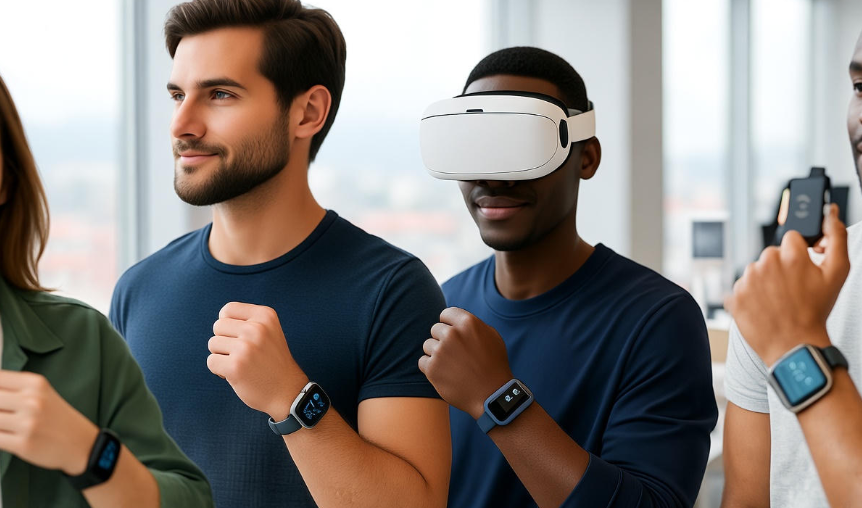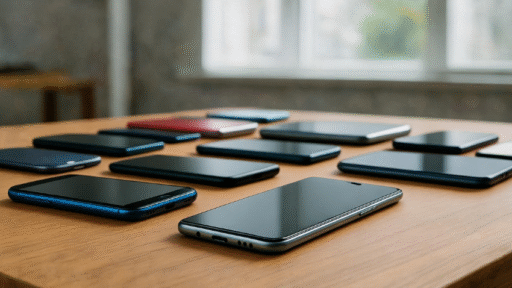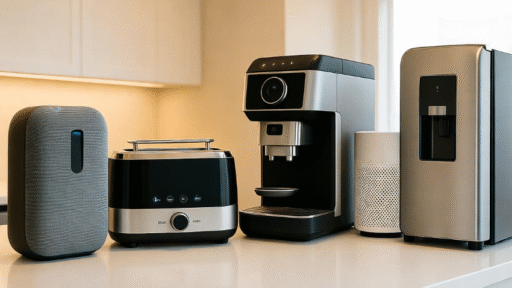Technology has quietly moved from our desks to our pockets—and now, it’s literally wrapping around our wrists, necks, and even clothing. Wearable tech isn’t just about fitness trackers anymore. In 2025, these little gadgets are smarter, lighter, and surprisingly stylish. They blend into our daily lives in ways that, a few years ago, would have sounded like pure science fiction.
If you’ve been wondering what’s new in this space or which devices are actually worth your time, let’s dive into the top wearable gadgets of 2025 that stand out for their design, usefulness, and futuristic features.
Smartwatches that are more than just watches ⌚
A few years ago, smartwatches were mostly step-counters with notifications. Now? They’re basically mini smartphones strapped to your wrist.
-
Apple Watch Series 10 Ultra – This one is sleek yet rugged, built for athletes but stylish enough for office wear. Apple has doubled down on health features with advanced heart rhythm monitoring, stress detection, and even early signs of respiratory issues.
-
Samsung Galaxy Watch X – Samsung’s 2025 model focuses on mental health. It tracks not just sleep but also dreams, mood swings, and subtle changes in voice tone to warn you about stress.
-
Garmin Venu 4 Solar – For adventurers, this watch charges itself through solar power. Hikers and campers can now stay off-grid for weeks.
The smartwatch has become less about time and more about health, connection, and lifestyle balance.
Smart Rings – Small but powerful 💍
Rings might seem too tiny to hold technology, but 2025’s smart rings prove otherwise.
-
Oura Ring Gen 4 – Famous for tracking sleep, the new version now detects hydration levels. Yes, your ring can now tell you to drink water.
-
Samsung Galaxy Ring – This is the first smart ring that connects seamlessly with your smartphone, letting you accept calls or control your smart home with just a twist of your finger.
-
Ultrahuman Ring Air – Focuses on metabolic health. It helps track blood sugar fluctuations and suggests the best meal or workout timing.
These rings are especially popular with people who don’t like wearing bulky watches but still want health insights.
Smart Glasses – A new view on life 👓
Google tried smart glasses a decade ago, but the idea wasn’t ready. Now it is. In 2025, smart glasses are stylish and useful.
-
Meta Ray-Ban Smart Glasses 2 – They look just like normal sunglasses but can take pictures, record videos, and even translate languages in real-time through a subtle display.
-
Xiaomi AR Glasses – Affordable yet feature-packed, they project directions, show notifications, and allow you to attend virtual meetings while walking around.
-
Apple Vision Lite – A lighter version of Apple’s Vision headset, these glasses offer augmented reality for everyday use, like scanning an object for instant info or projecting recipes while you cook.
Imagine being able to walk down the street and have translations float above signs, or your grocery list appear in front of your eyes. That’s now possible.
Health-focused wearables 🫀
Healthcare is where wearables shine the most. Doctors are increasingly recommending patients to use them, as the data is reliable and real-time.
-
Withings ScanWatch Horizon 2 – A luxury-looking watch with medical-grade ECG and oxygen sensors. Perfect for people managing heart conditions.
-
BioSticker 2.0 – A patch you wear on your skin that monitors blood pressure, glucose levels, and even detects fevers before symptoms appear.
-
Fitbit Sense 3 – Focused on stress and emotional well-being, it helps track how your mind and body react daily.
For many, these aren’t just gadgets—they’re life-saving tools.
Wearable Clothing and Accessories 👕🎧
Not all wearables are rings or watches. Some are built into the very clothes we wear.
-
Levi’s Jacquard 3.0 Smart Jacket – Lets you control music, answer calls, or even take selfies by swiping your sleeve.
-
NuraLoop 2 Earbuds – Adaptive hearing tech that adjusts sound according to your ear structure.
-
Smart Insoles by E-Trac – Shoes that measure running style, pressure points, and posture to help athletes avoid injuries.
These accessories don’t scream “tech” but make everyday tasks smoother.
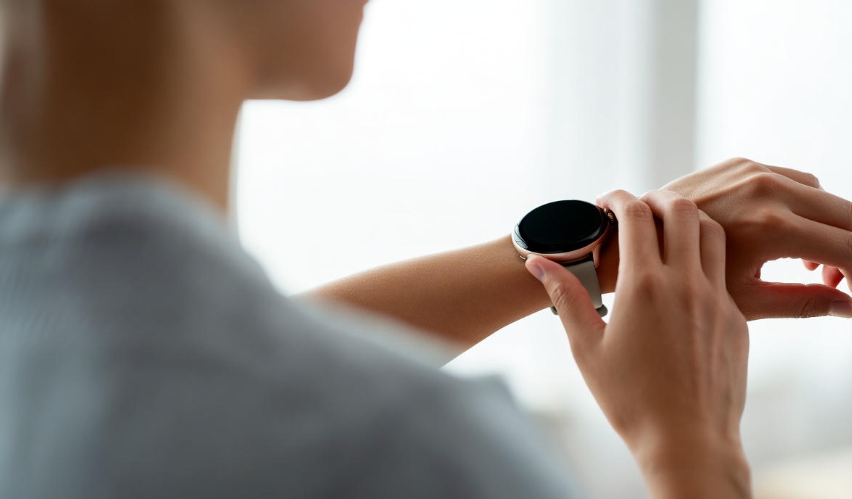
Comparison Table of Top Wearables 2025
| Device | Type | Best Feature | Price Range |
|---|---|---|---|
| Apple Watch Series 10 Ultra | Smartwatch | Advanced health tracking | $$$ |
| Oura Ring Gen 4 | Smart Ring | Hydration detection | $$ |
| Meta Ray-Ban Smart Glasses 2 | Smart Glasses | Photo/video + live translation | $$$ |
| Withings ScanWatch Horizon 2 | Health Watch | Medical-grade sensors | $$$ |
| Levi’s Jacquard 3.0 | Smart Clothing | Sleeve gesture controls | $$ |
Why 2025 is different for wearables
Earlier, wearables were mostly about fitness. Now they are about total lifestyle integration. From mental health to AR-based productivity, everything feels more seamless. Plus, designs have become so subtle that people actually want to wear them, unlike the bulky gadgets of the past.
Battery life has also improved massively. Devices now last weeks, not days, thanks to solar charging, better chips, and smarter power use.
How to choose the right wearable for you
It’s easy to get lost in the hype, so here are a few quick tips:
-
Think purpose first – Are you buying it for health, fitness, style, or convenience?
-
Check ecosystem – If you’re an iPhone user, Apple’s wearables will work best. Same for Android users with Samsung or Google.
-
Comfort matters – You’re wearing it all day. If it feels bulky or awkward, you’ll stop using it.
-
Data privacy – Always check how the company uses your health data.
FAQs about Wearable Tech 2025
Q1: Are smart rings better than smartwatches?
Not exactly better—just different. Rings are smaller, lighter, and less noticeable. Watches, however, give you more screen space and features.
Q2: Can wearable tech really detect illnesses?
Yes, some wearables like ECG-enabled watches or glucose-tracking patches provide medical-grade accuracy. While they can’t replace doctors, they can give early warnings.
Q3: Are smart glasses safe to use daily?
Most modern smart glasses use low-light displays that don’t strain your eyes. They’re designed for comfort, unlike older bulky models.
Q4: Do these devices work without internet?
Basic features like step tracking or heart rate work offline. But for full use (translations, notifications, AI suggestions), internet is usually required.
Q5: Is wearable tech expensive in 2025?
Prices vary. You can get budget-friendly options like Xiaomi AR Glasses under $300, while Apple Vision Lite or luxury health watches may cost above $800.
Final thoughts
Wearable tech in 2025 feels less like “gadgets” and more like natural extensions of our lifestyle. From rings that remind you to hydrate, to jackets that let you control music without touching your phone, the technology is subtle, stylish, and genuinely useful.
If you’ve been waiting for the right time to try wearable tech, 2025 might just be the year it finally makes sense.

